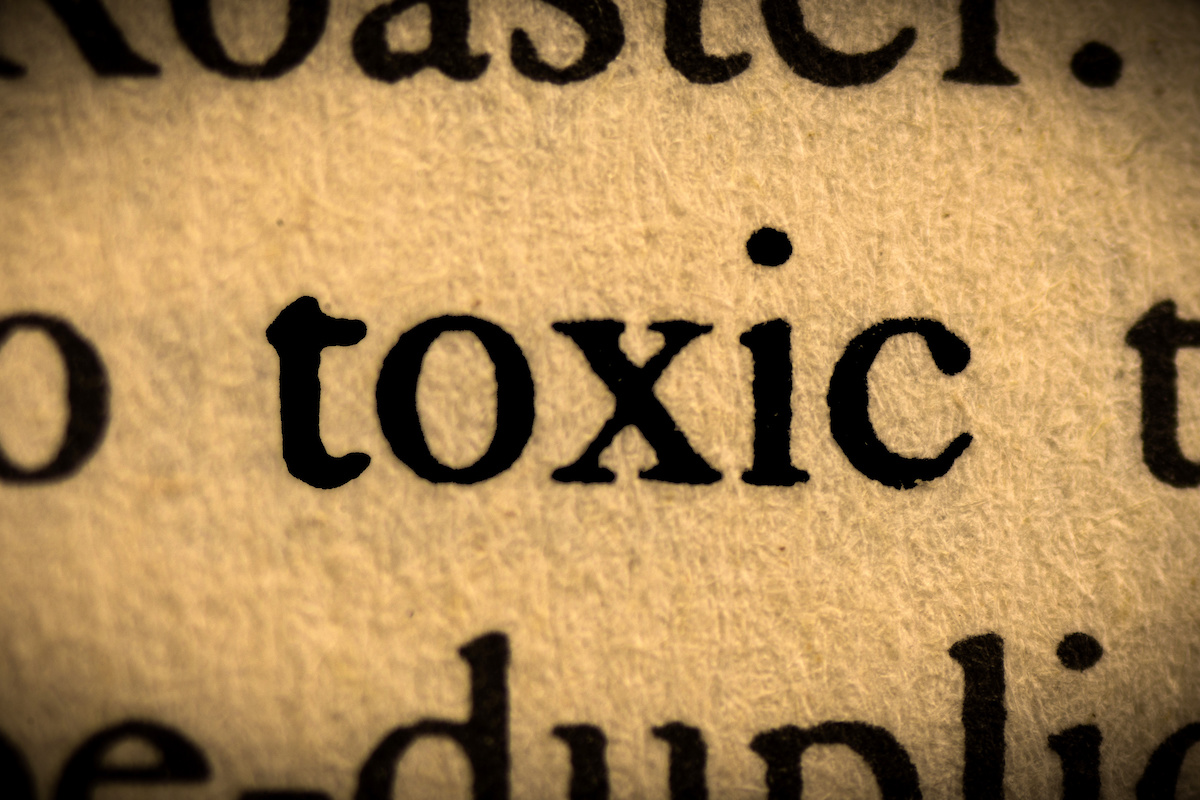There’s a lot of talk these days about per- and polyfluoroalkyl substances (PFAS), a group of chemicals that most notably include perfluorooctanoic acid (PFOA) and perfluorooctanesulfonic acid (PFOS). More stories are emerging about these chemicals contaminating U.S. water supplies, and mounting evidence suggests that exposure to them can have adverse health effects.
Here are five key things you need to know about PFOA/FOS chemicals:
1. PFAS are man-made chemicals that are known to be resistant to heat, water, and oil. They have been incorporated in a variety of industrial and commercial products, such as non-stick cookware, satin-resistant clothing, fire-fighting foams, and the film inside microwave popcorn bags.
2. PFOA and PFOS do not break down naturally in the environment or the human body. Studies suggest that exposure to the chemicals may lead to cancer.
3. The EPA currently marks the unsafe level of PFOA/PFOS to be above 70 parts per trillion, although some researchers and states believe lower levels are still unsafe.
4. The drinking water supplies of more than 15 millions Americans have water concentrations of these compounds at levels exceeding the EPA health advisory limit—however this only represents testing in half of the water supplies in the U.S.
5. Based on testing by the Centers for Disease Control and Prevention, about 98% of Americans have at least some level of PFAS in their blood. The chemicals have been found in water supplies across 27 states.



